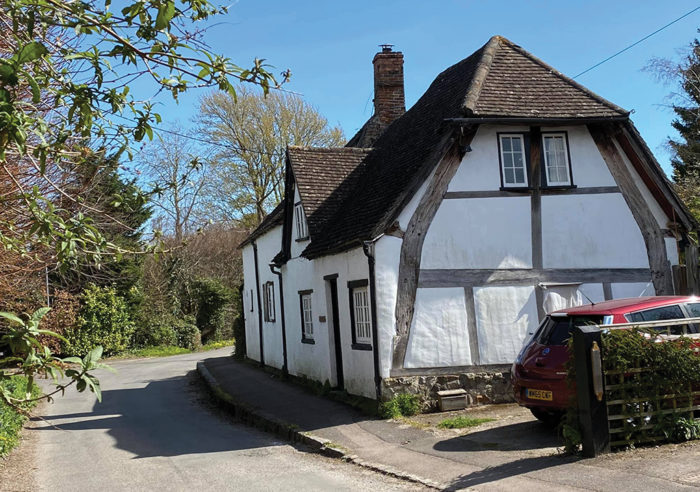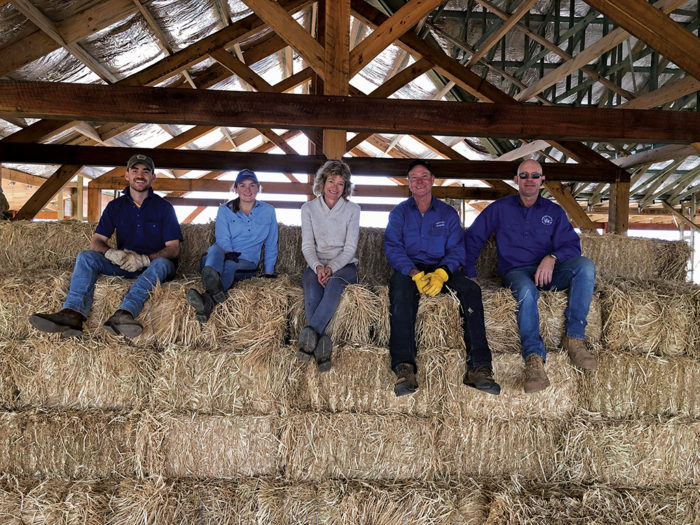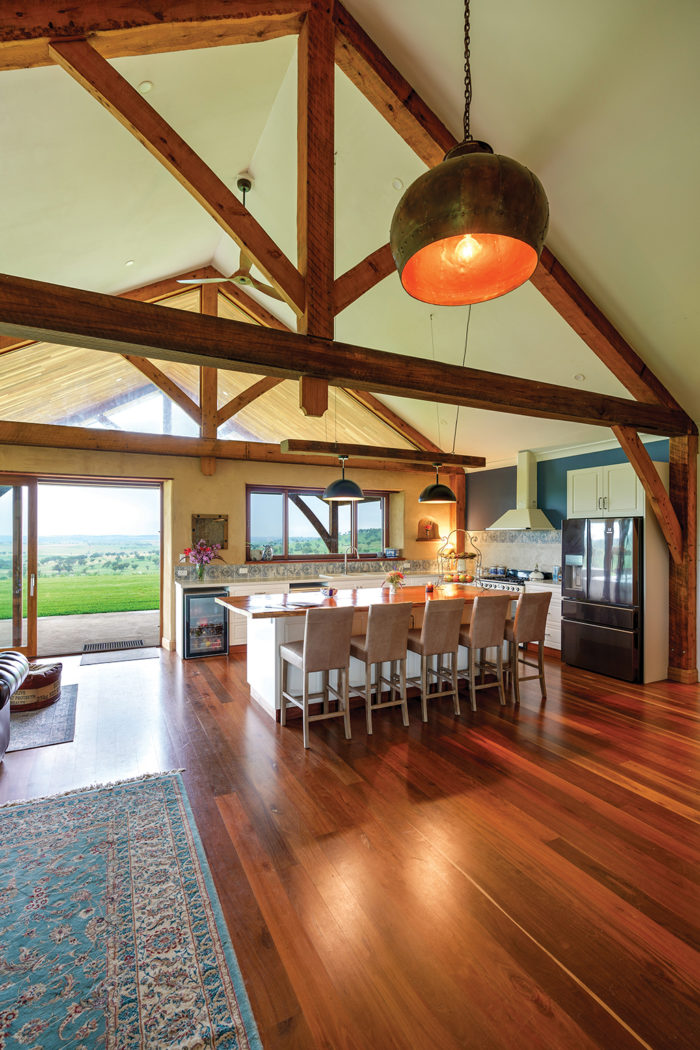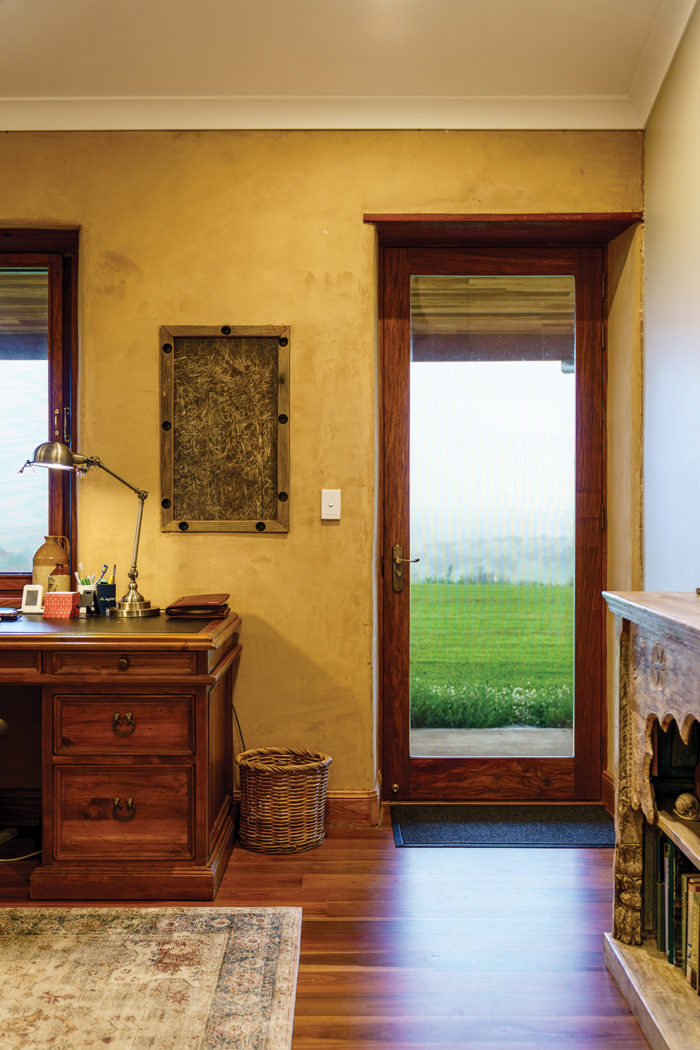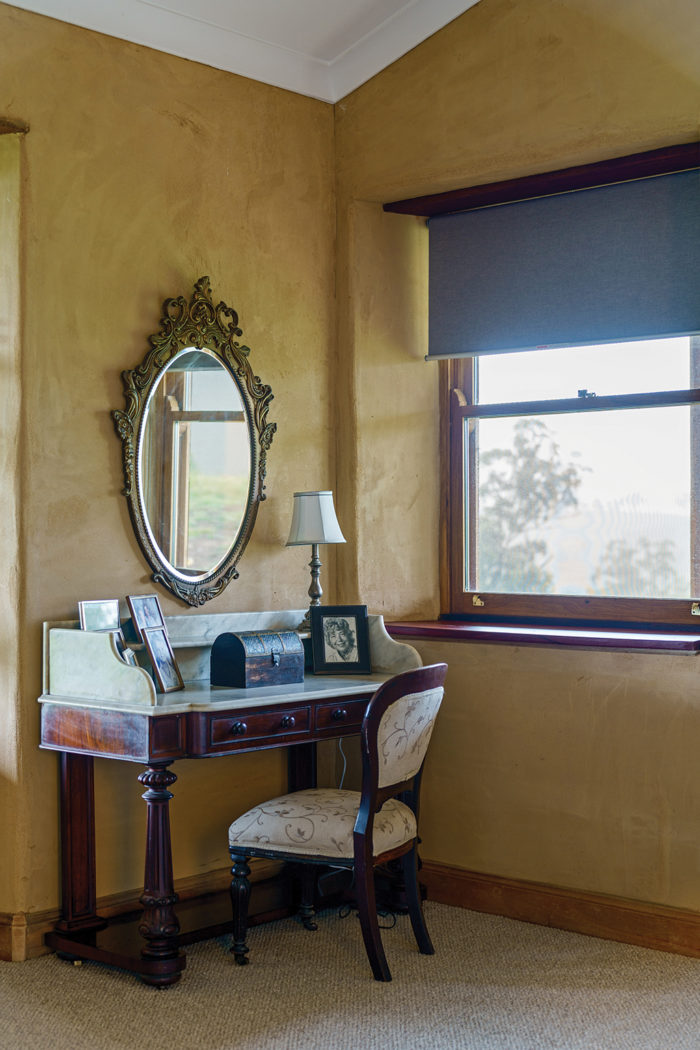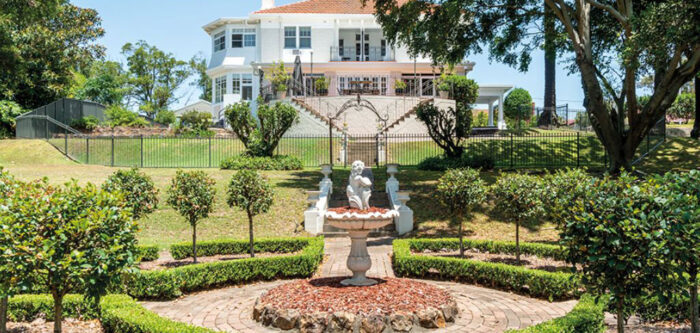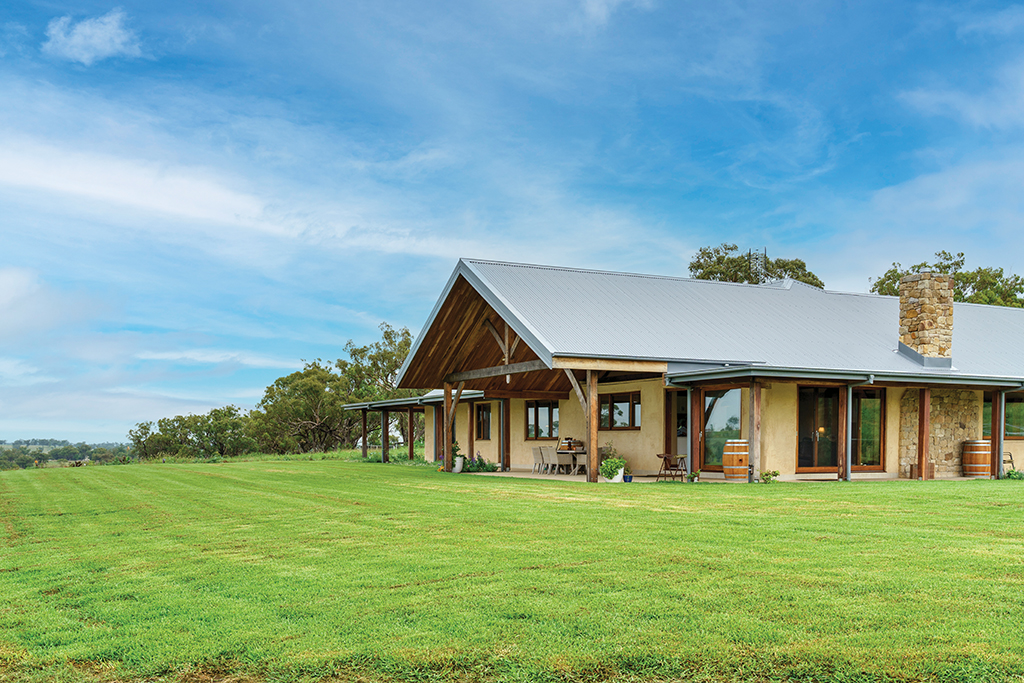
A dash of England
For 20 years, Annie had been dreaming of building a strawbale home on a hill outside of Merriwa. With the whole family pitching in, she has made her dream a reality.
Born and bred in Oxfordshire, Annie is resourceful and hands-on, with a giant-sized heart and always ready to turn life’s lemons into lemonade, or to at least slice them for a G&T. She had studied agriculture at university in England and hence was well-prepared for rural life and running a farm.
She met Rowan, now her husband of 29 years, whilst Rowan was working in the financial world in London, and she was training Prince Charles’s polo ponies.
“When we first met, my address was Windsor Castle,” Annie laughs. They eventually returned to Rowan’s hometown of Merriwa, in the Upper Hunter, breeding Angus cattle at Oakley, the family farm which Rowan’s grandfather Alan had bought in 1942.
Annie’s childhood home in the UK, Holywell, is an 800-year-old cottage, built with wattle and daub, a 6000-year-old building technique whereby a woven lattice of wooden strips (the ‘wattle’) is daubed with a combination of wet soil, clay, sand, animal dung and straw.
A low impact, sustainable technique yielding excellent insulation, it has seen a resurgence in recent years. It was for these insulation capabilities, that Annie had always been keen to build with straw. Riding her horse to a hilltop paddock on the farm one day, she found the perfect spot for her dream home. “I kept thinking ‘why hasn’t anyone built a house up here before?’ The view is amazing and there’s easy access to a sealed road.”
Sitting on top of a haystack in their future living room: Annie had ordered 700 bales of rice straw – of which she later sold 300 to another strawbale builder.
Always up for a challenge, she decided she was the one to finally do it. But it took another 20 years before the building project got underway and for Annie and Rowan to move into their strawbale home with its massive Tudor-style timber frame and a magnificent view over the family farm’s gently rolling paddocks.
“We started building in the middle of the drought and then Covid-19 hit. But at that point, building a house became a welcome distraction from the pandemic,” Annie says.
Applying her trademark can-do attitude and with a tight budget, she displayed an uncanny knack for finding uniquely talented tradesmen, and for securing the pertinent materials at just the right price – often close to home in the Upper Hunter.
Annie designed the house herself and had building designer Phil Eveleigh, from P.B. Eveleigh Plan Service in Scone, draw up the plans for the four-bedroom, two-bathroom home and got them approved by council within three months.
Annie met her builder, Raymond Murphy, while he was working on a strawbale home at nearby Cassilis, and her carpenter – who specialises in cutting and installing traditional timber beams – at the Mudgee Field Days.
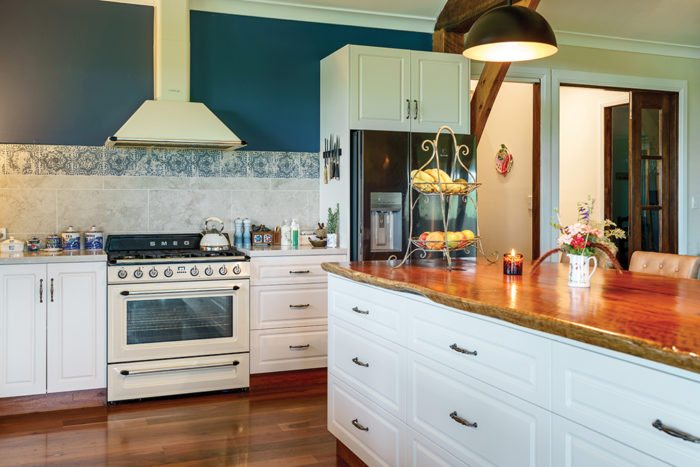
As for finding a talented stone mason to build their eye-catching fireplace, that was during a tea break at the Tour de Merriwa, while admiring a stone wall and asking the property owners for the contact details of their tradesman.
An empty paddock
“We first built a shed to store materials and tools because there literally was ‘nothing’ on the site,” she explains. “Once the concrete foundation was poured, we needed 18-metre cranes to install the handmade timber frames. That was a real Grand Designs moment.”
Next up were the exterior walls for which she had ordered 700 bales of rice straw. “Because we were in drought, there would be no wheat harvest, and no wheat straw. But the hollow stalk of rice straw yields better insulation anyway and the bales were lightweight and had no grain, so they are not attractive to mice,” Annie says.
“We tied down layers with wire and tightened it all up with gripples to achieve maximum compression. Then they had to be rammed in tight with the cut edges facing outside for maximum protection and to create a consistent surface suitable for rendering.”
Read more in the Autumn edition of Hunter & Coastal Lifestyle Magazine or subscribe here.
Story by Cornelia Schulze, photography by Joshua Hogan and Annie Rodgers

